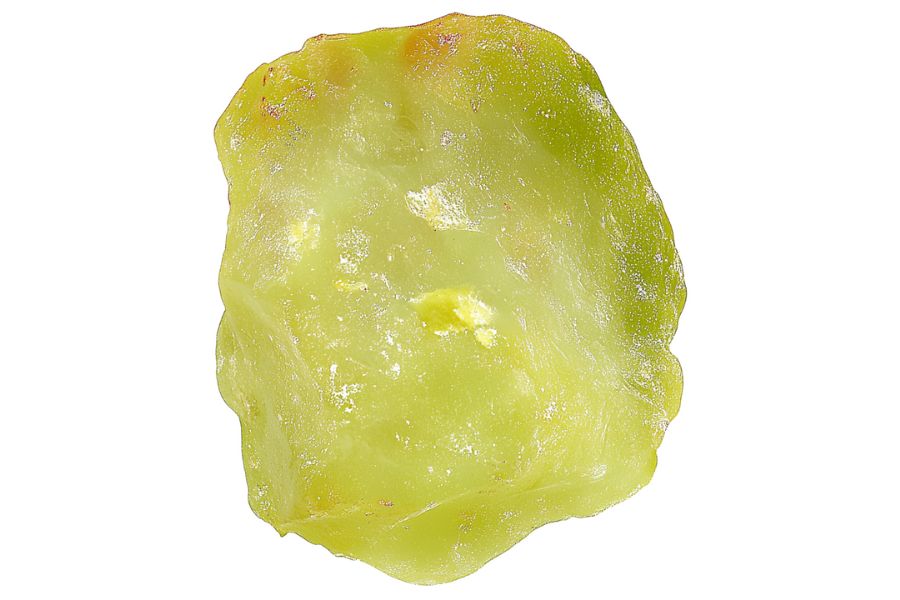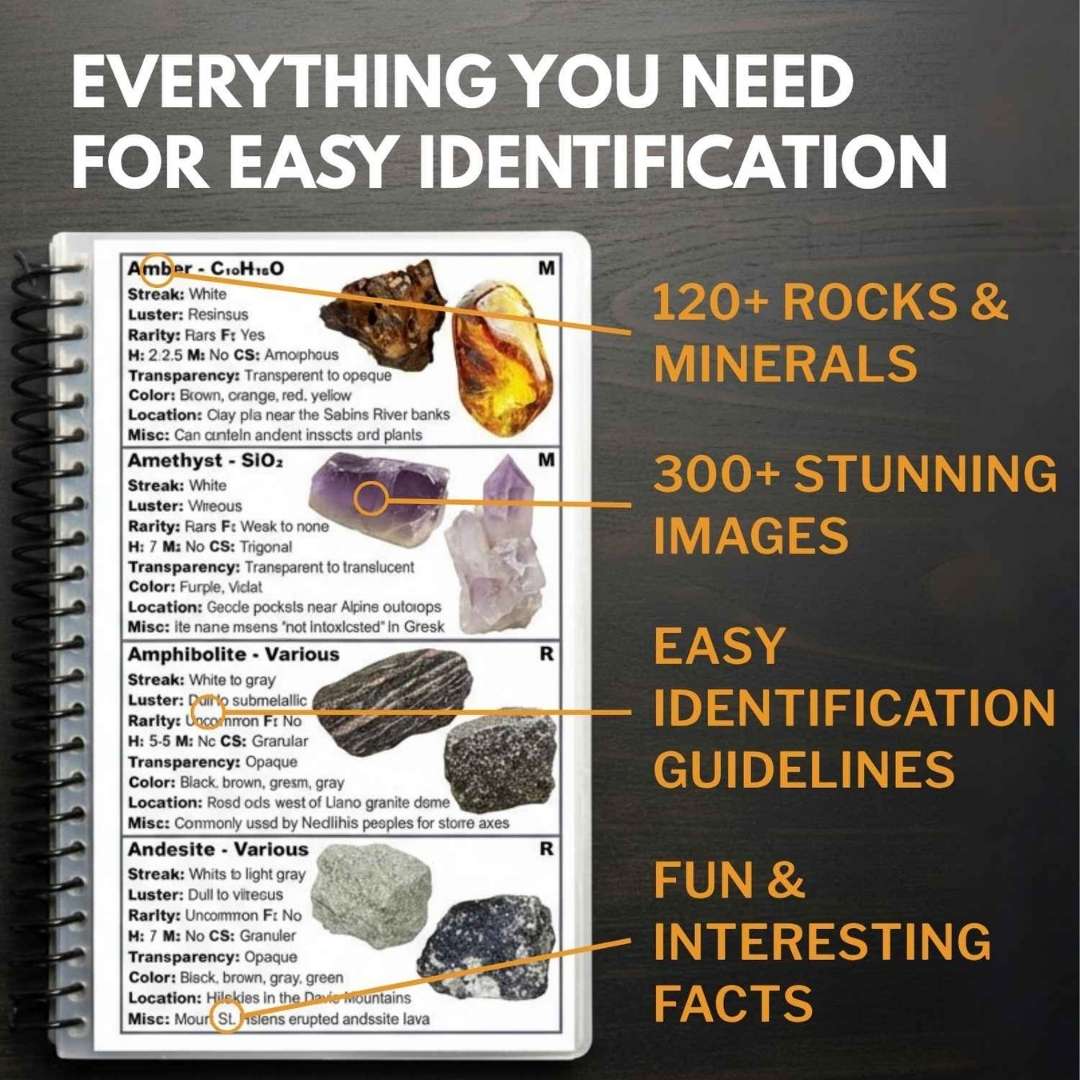Texas is home to over 900 different mineral species, making it a paradise for gem hunters and rock enthusiasts. While the state is famous for blue topaz and red plume agate, many don’t know about its hidden peridot deposits.
Finding peridot in Texas can be tricky if you don’t know where to look. After spending countless hours researching and talking to local rockhounds, we now know where you’re most likely to find these olive-green gems.
We’ve done the hard work for you by checking which locations are still active and accessible to the public. This guide will take you straight to the best peridot hunting grounds in Texas, saving you time and frustration.
The only other thing you’ll want by your side is a reliable way to identify what you’re actually looking at, nothing is worse than walking past something valuable without realizing it or tossing a keeper because you weren’t sure.
That’s why we strongly recommend the Texas Rocks & Minerals Identification Field Guide, which makes it easy to confirm every find in seconds and avoid costly guesswork
How Peridot Forms Here
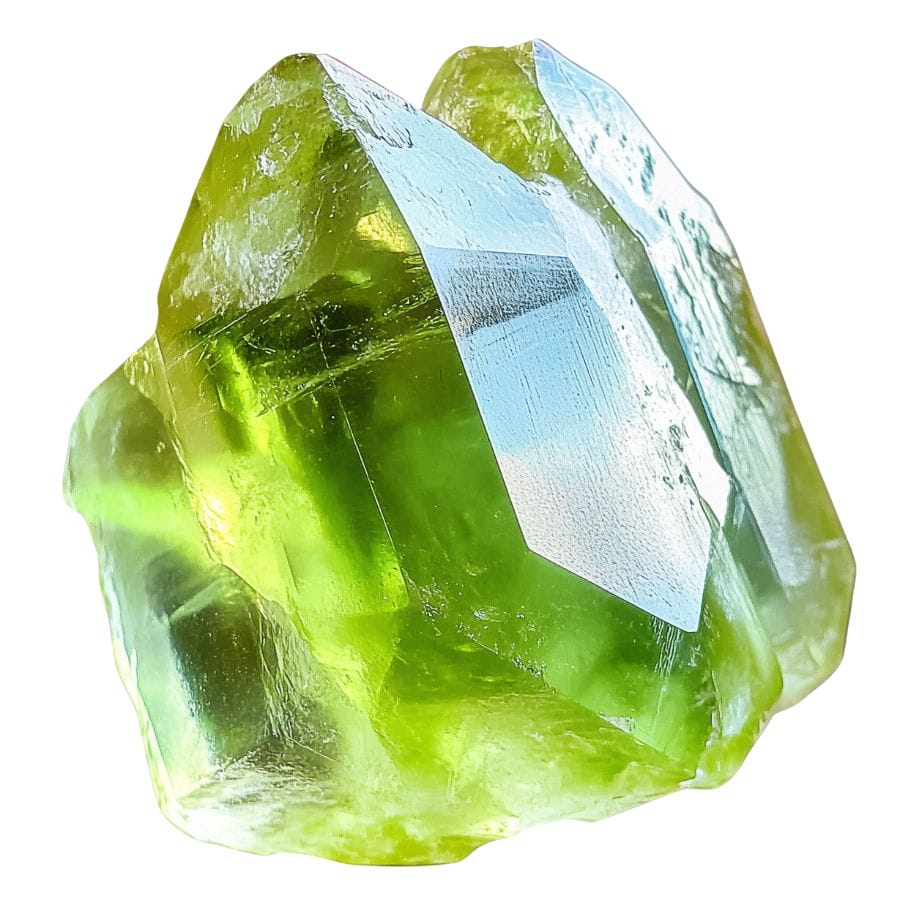
Peridot forms deep within Earth’s mantle, around 20 to 55 miles below the surface, where intense heat and pressure create the perfect conditions. It’s actually made from magma that cools super slowly, letting the crystals grow nice and big.
The main ingredient is olivine, which needs temperatures between 1,000°C to 1,300°C to form properly. When volcanoes erupt, they sometimes bring these green gems up with them in basalt rocks.
What’s really cool is that peridot can also come from meteorites – yep, some of these crystals literally fell from space! The iron and magnesium inside the stone is what gives it that signature olive-green color.
Types of Peridot
Peridot’s value fluctuates based on its origin and quality, with its vivid colors making it a distinctive and sought-after gemstone. Here are the different types of Peridot:
Burmese Peridot
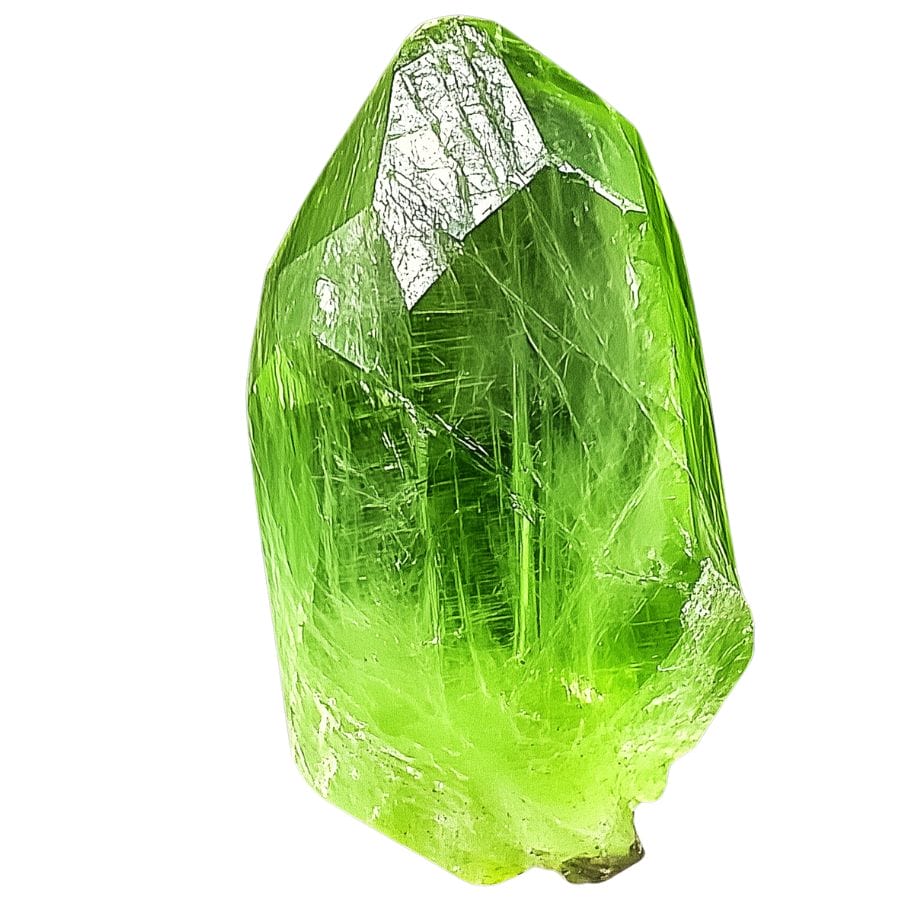
Burmese Peridot shows off a pure, bright green color that looks almost like spring leaves. Most other peridots have brown or yellow mixed in, but Burmese ones usually don’t.
The stone’s special green color comes from the iron inside the crystal. When light hits it, the stone seems to glow from within, creating a beautiful effect that catches everyone’s eye.
These stones often have special markings inside called “lily pads.” These are small, round patterns that look like tiny circles when you look at them with a magnifying glass.
You can often find Burmese Peridot in larger sizes, which makes them great for bigger jewelry pieces. The stones keep their bright color even under different kinds of lighting, so they look good both in sunlight and indoor light.
If you want REAL results finding incredible rocks and minerals in Texas you need one of these 👇👇👇
Finding the coolest rocks in Texas isn’t luck, it's knowing what to look for. Thousands of your fellow rock hunters are already carrying Rock Chasing field guides. Maybe it's time you joined the community.
Lightweight, mud-proof, and packed with clear photos, it’s become the go-to tool for anyone interested discovering what’s hidden under our red dirt.
Join them, and make your next rockhounding trip actually pay off.
📘 Order the Texas Field Guide Now →
What makes it different:
🚙 Field-tested across Texas rivers, ranchlands, and roadcuts.
📘 Heavy duty laminated pages resist dust, sweat, and water.
🧠 Zero fluff — just clear visuals and straight-to-the-point info.
📍 Find hidden gems like Blue Topaz, Texas agate, and petrified wood fast.
⭐ Rated 4.8★ by real collectors who actually use it in the field.
Pakistani Peridot
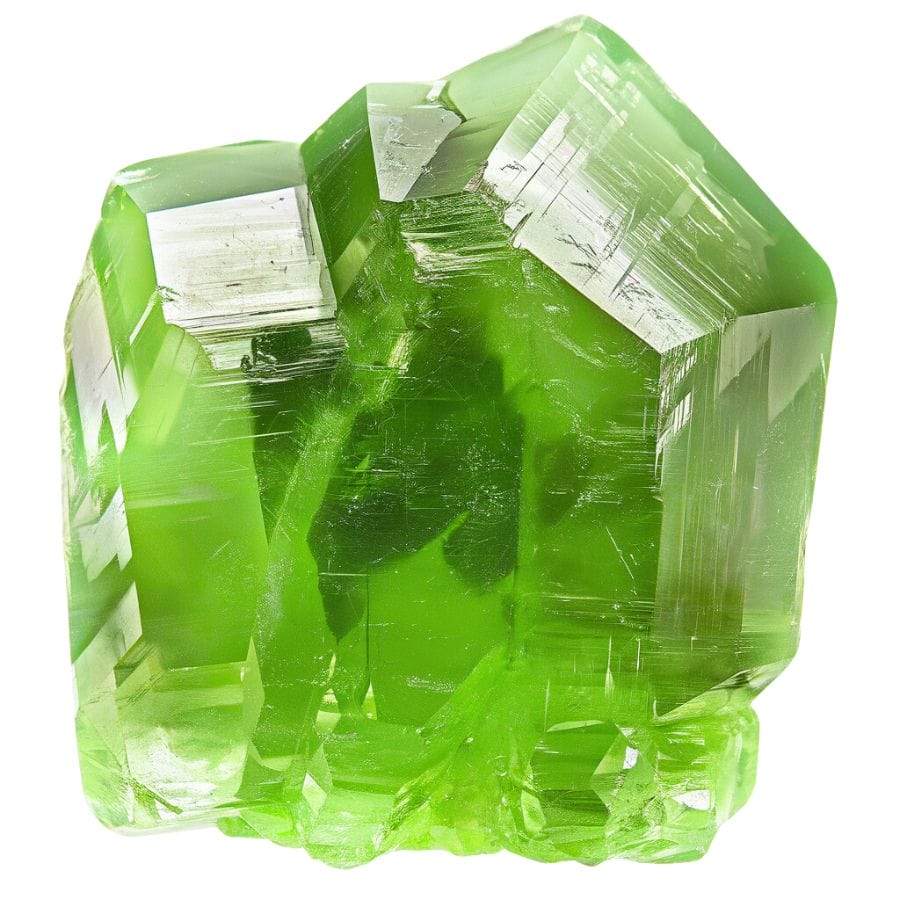
Pakistani Peridot is known for its vibrant green hues, which can range from yellow-green to olive green. The stones are usually very clear and shine beautifully when light hits them.
The stone typically has a vitreous luster and can be quite transparent, showcasing its brilliance. High-quality specimens can exhibit exceptional clarity with minimal inclusions, which enhances their appeal in jewelry.
Inside these stones, you might find tiny bubbles of liquid and gas. These create interesting patterns that make each stone has its unique pattern of these markings.
These peridots often come in larger sizes and maintain their bright color even under artificial light. This makes them look just as good in the evening as they do during the day, which is why some people call them “evening emeralds.”
Arizona Peridot
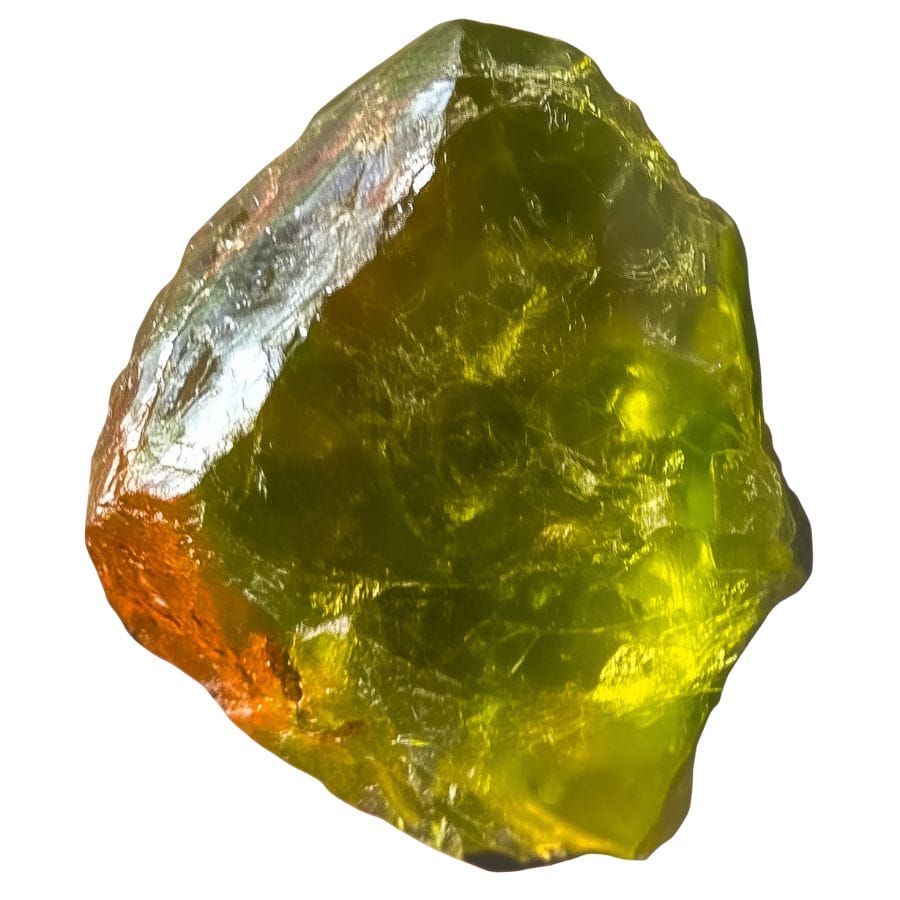
Arizona Peridot shows off a bright, lime-green color that sometimes has olive tones. The stones are usually smaller than other peridots but make up for it with their exceptional brightness and sparkle.
These stones often have a special kind of clarity that makes them appear very clean to the naked eye. When you look at them closely, you might see tiny specks of black minerals inside, which are typical of Arizona stones.
Arizona Peridot is especially famous due to its association with the San Carlos Apache Reservation, which is one of the largest sources of peridot in the world. The region’s peridot is highly valued not only locally but also within the broader gemstone market for its quality and vibrant color.
Changbai Peridot
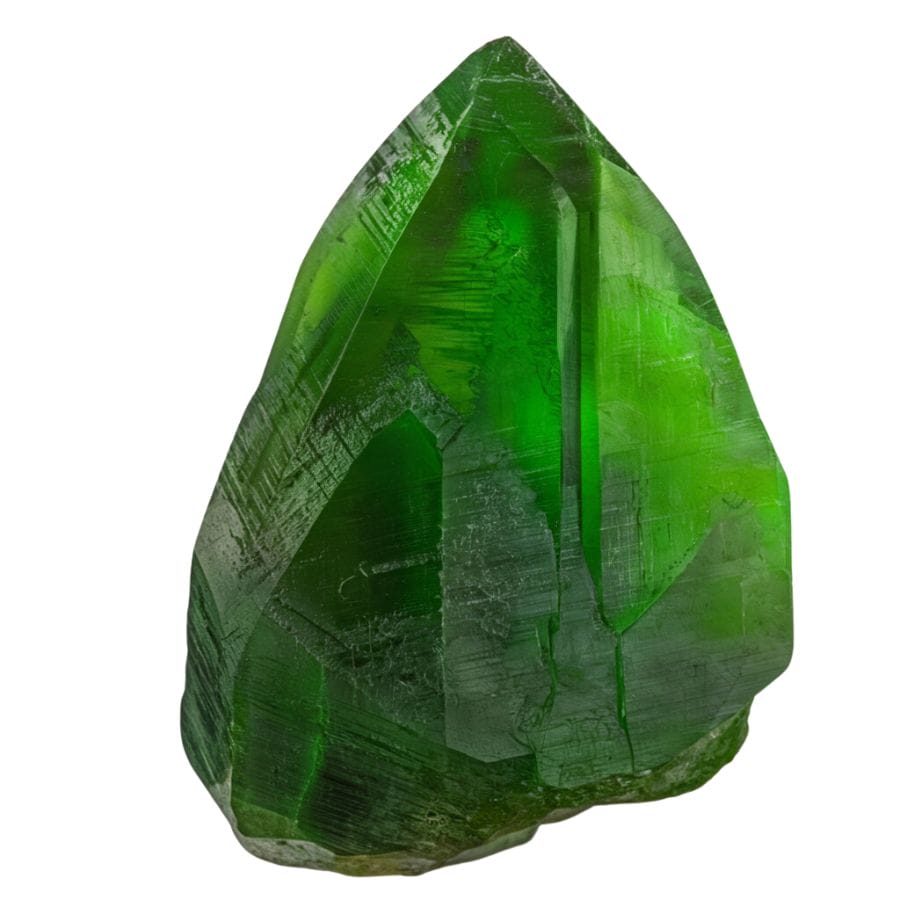
Changbai Peridot displays a deep, rich green color that sets it apart. Their color is more intense than other peridots, showing deep forest green tones.
These stones usually come in medium sizes, around one carat. What makes them special is how clean they look – most have very few internal marks or inclusions. This clarity lets more light pass through, making them especially bright and sparkly.
The color of Changbai Peridot stays consistent throughout the stone. Unlike some other peridots that might show patches of different colors, these maintain their rich green tone evenly. This makes them particularly appealing when set in jewelry.
Their superior clarity and rich color have made them increasingly popular since 2005. Even though they’re newer to the market compared to other peridots, they’ve quickly gained recognition for their outstanding quality.
Vietnam Peridot
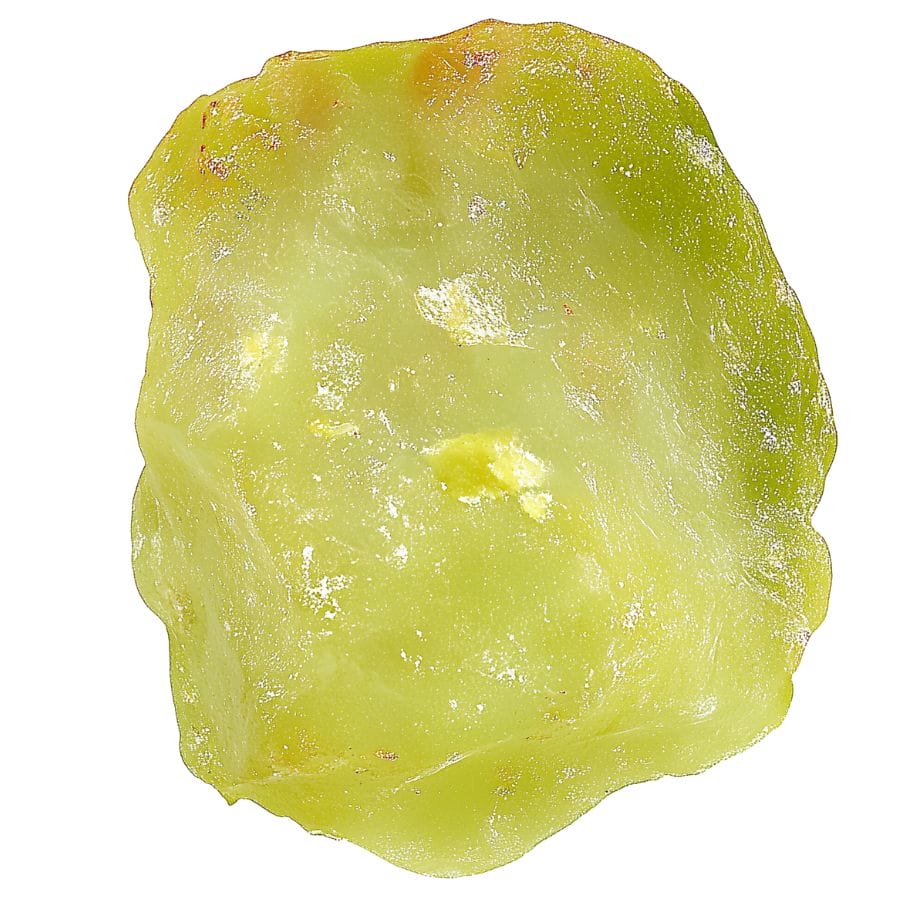
Vietnam Peridot, also known as chrysolite, has a special yellowish-green color that makes it easy to spot. They often come in larger sizes than peridots from other places.
When light passes through these stones, it creates a unique double-image effect. If you look closely at a faceted stone, you might see the edges appear doubled. This effect makes them sparkle in a special way.
Vietnamese peridot is often found in mafic and ultramafic rocks, which are rich in iron and magnesium, leading to the formation of larger and higher-quality stones.
The green color stays even throughout the whole stone. This consistent color is one reason why collectors really like Vietnam Peridot.
Norway Peridot
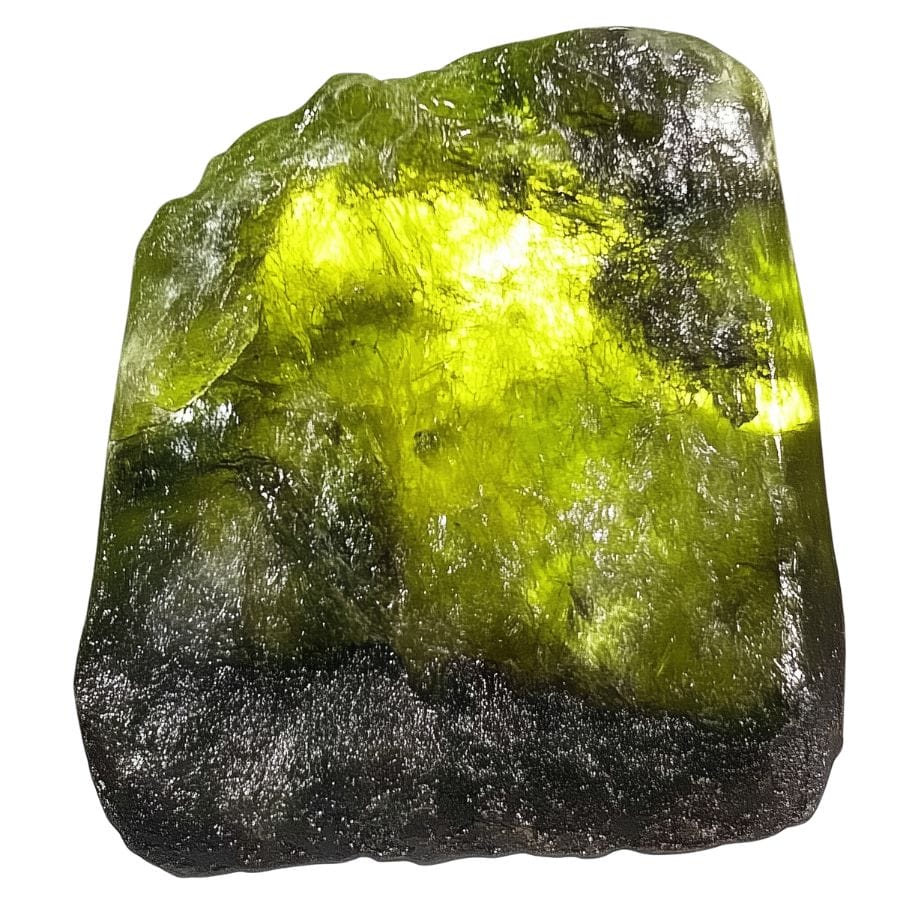
Norway Peridot comes in beautiful olive green shades. The color can range from light yellow-green to deep olive. The amount of iron inside the stone decides how dark or light the green will be.
When light enters these stones, it splits into two beams. This makes the stone look extra sparkly and bright, even when the light isn’t very strong. You can see this special effect best in well-cut stones.
Norway Peridot is part of a long tradition of peridot use in jewelry and artifacts, including significant pieces like those found in the Shrine of the Three Kings in Cologne Cathedral, which were initially thought to be emeralds but were later identified as large peridots.
Pallasite Peridot
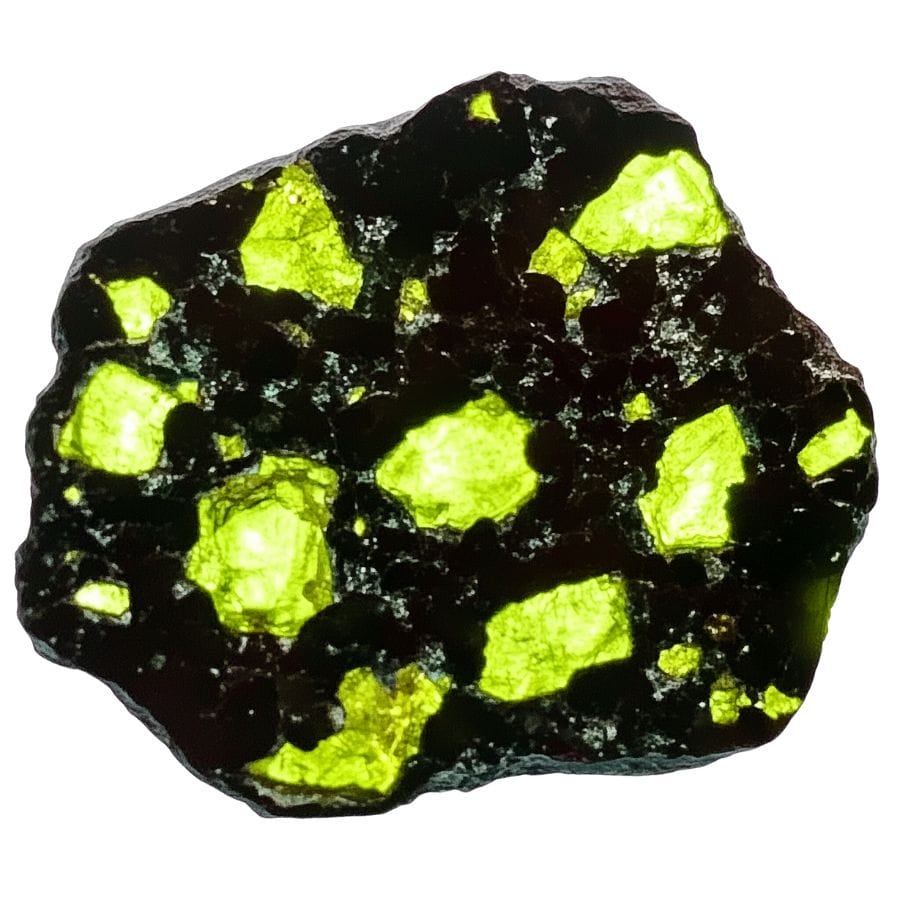
Pallasite Peridot comes from space! These green crystals are found inside meteorites, mixed with metal from space. The green crystals stand out beautifully against the silvery-gray metal background.
These stones form a natural pattern in the meteorite. The mix of bright green crystals and shiny metal creates a beautiful design that looks like stained glass when light shines through it.
Scientists find these stones especially interesting because they tell us about how planets form. The mix of metal and crystal shows us what the inside of planets might look like.
These stones are pretty rare since they only come from meteorites. Collectors really like them because each piece tells a story about space and has its own unique pattern of green crystals.
Antarctica Peridot
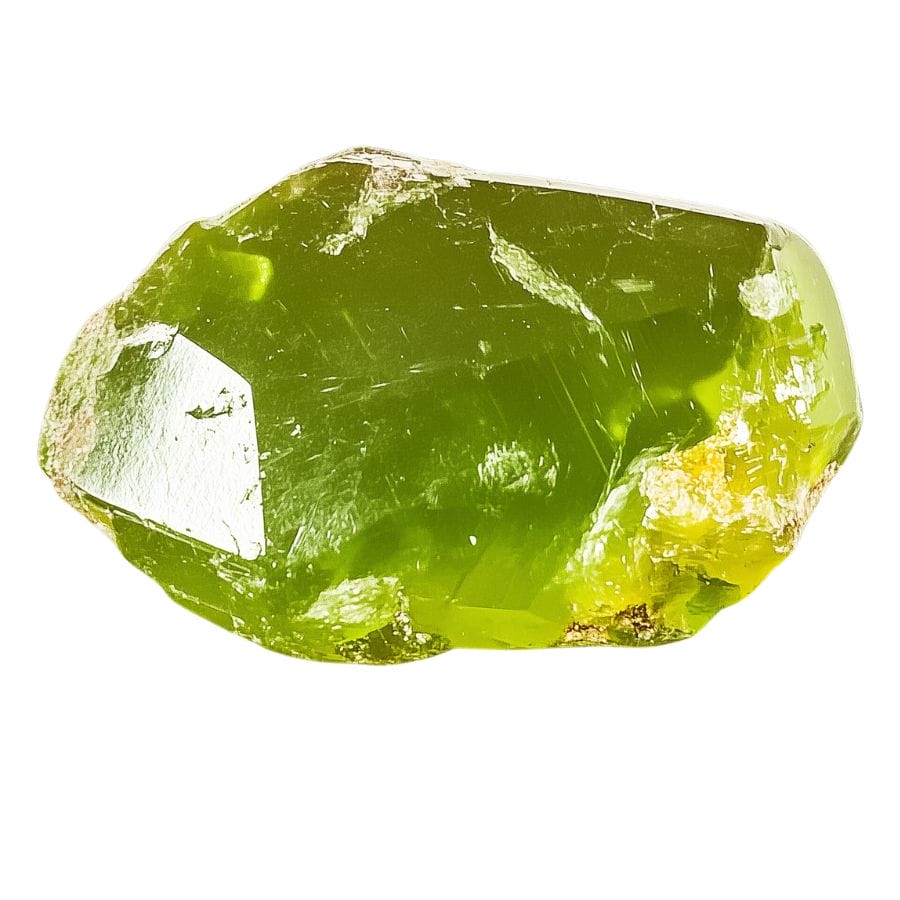
Antarctica Peridot usually comes in smaller sizes, but each stone packs a lot of sparkle. They show a pure green color that can look slightly yellowish or olive in different lights.
These stones formed under extreme cold conditions, which affects how they look. They tend to be very clear with few internal markings. Most pieces are under two carats in size.
The extreme conditions where these stones formed make them special. They had to survive intense pressure and cold temperatures to reach the surface.
These stones are among the rarest peridots because they’re so hard to find. Their small size actually helps them sparkle more intensely than larger stones.
Hawaii Peridot
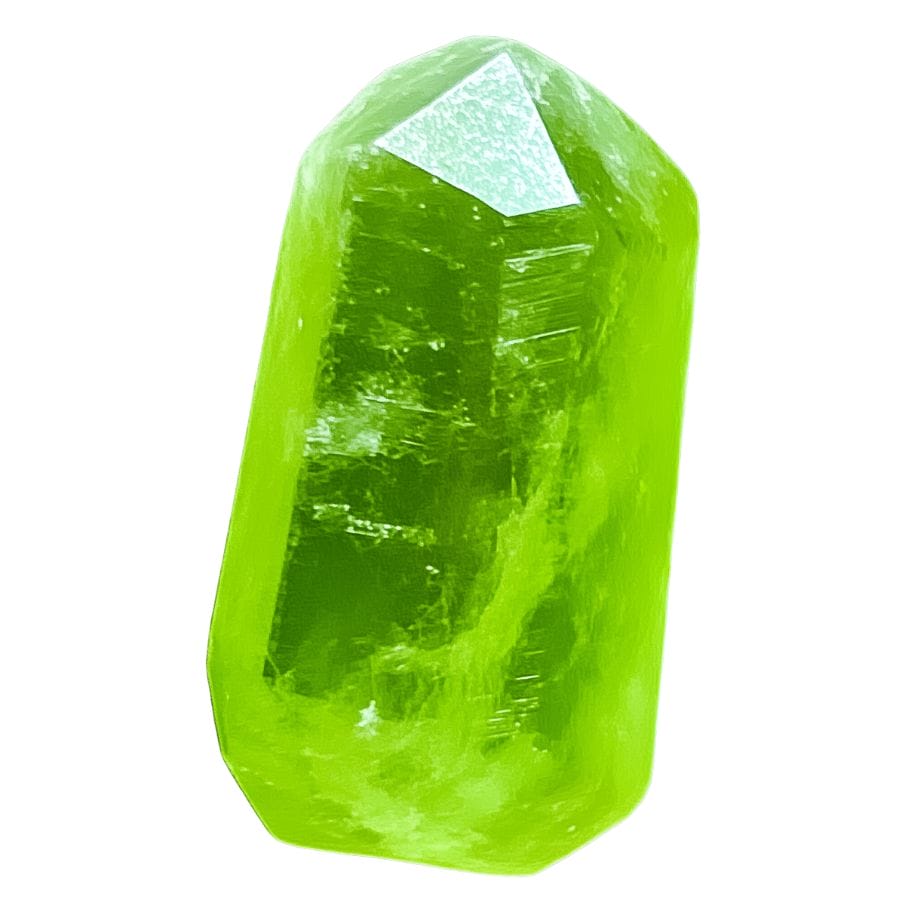
Hawaii Peridot has a rich olive-green color. Inside many stones, you can find special bubble-shaped marks called “lily pads.” These marks look like tiny round discs frozen in the stone.
One cool thing about these stones is that some of them contain tiny bits of gas trapped inside from when they formed. Scientists can study these bubbles to learn about conditions deep in the Earth.
In Hawaiian culture, peridot is associated with Pele, the goddess of fire and volcanoes, which adds to its allure among collectors interested in cultural artifacts.
New Mexico Peridot
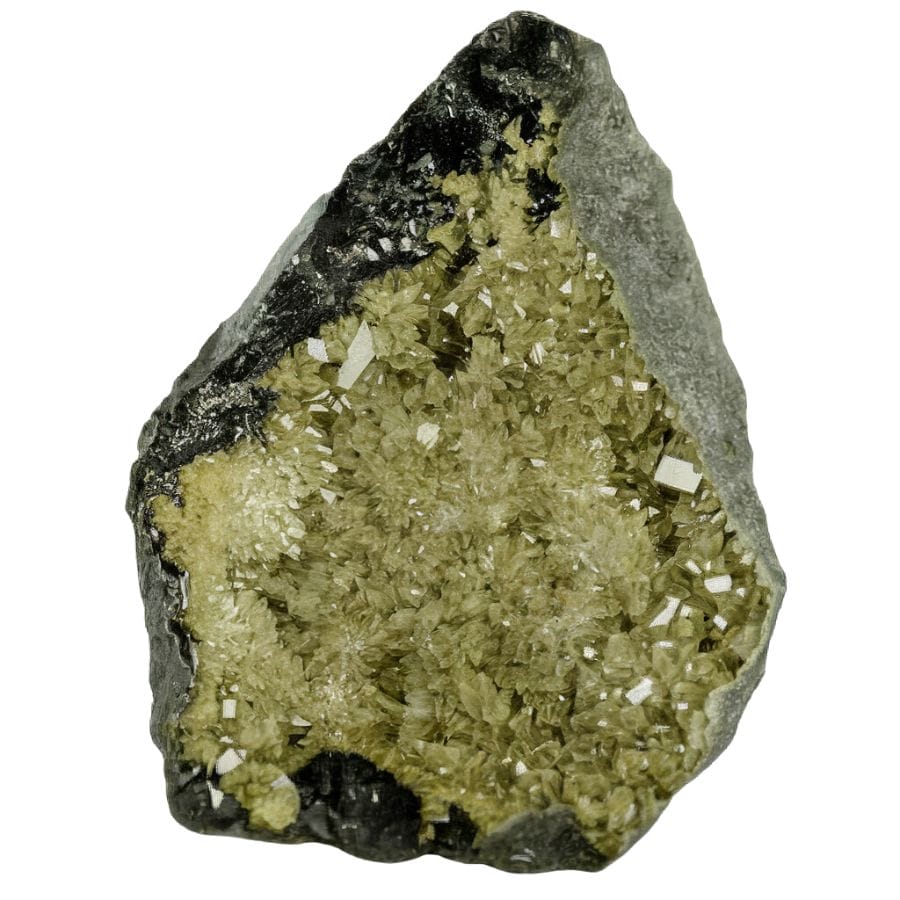
New Mexico peridot typically ranges in color from brown and greenish-brown to yellowish-green and the more desirable green hue. This variety stands out due to its potential for a wider color range compared to peridot from other regions.
One notable aspect of New Mexico peridot is its occurrence in volcanic debris from ancient eruptions, specifically from a 180,000-year-old volcano. This geological background contributes to the unique properties of the stones found there.
The Kilbourne Hole area is particularly noted for producing high-quality peridot that is sometimes considered superior to that from Arizona.
The Tools You Will Need
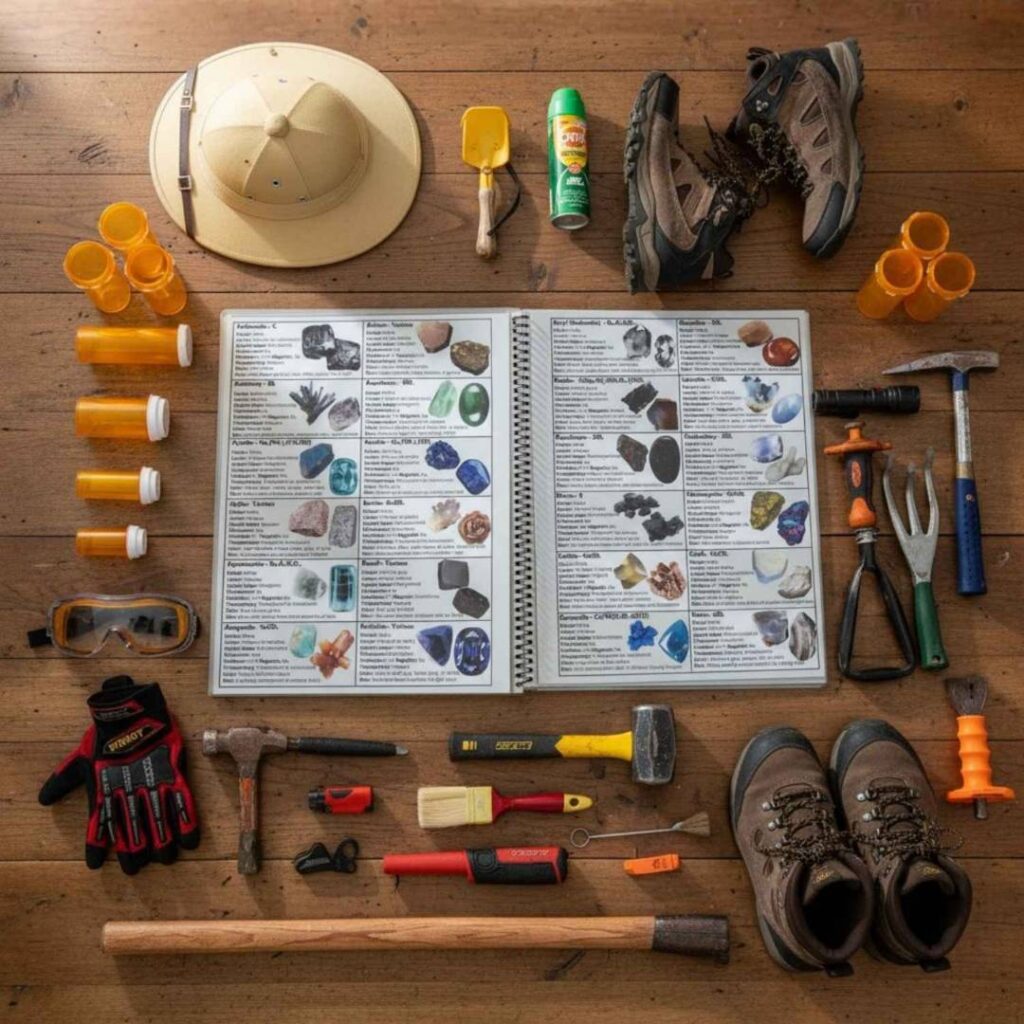
Exploring for hidden gemstones feels like hunting buried treasure, and the best part is, you don’t need a truckload of expensive gear to get started.
With just a few basic tools, you’ll be ready to search confidently and actually know what you’re looking at when you find something exciting.
High-Quality Field Guide – Essential
This is the single most important tool you can bring. A good field guide lets you instantly compare what you’re holding in your hand to real photos, so you don’t waste time guessing or accidentally walk past something valuable.
It also helps you learn how each gem naturally forms, which makes you way more efficient at spotting the good stuff.
The Texas Rocks and Minerals Field Guide is perfect for this. It’s waterproof, lightweight, and packed with real photos of 120+ Texas rocks and gemstones so you can identify peridot, topaz, or diamonds right there in the dirt without pulling out your phone.
Small Hand Shovel or Trowel
Peridot and hunting often means digging through sandy or gravelly material. A compact hand shovel gives you control without moving too much at once. It’s light, easy to pack, and lets you dig into cracks, creek beds, and shallow washes where gemstones like to hide.
Classifier or Sifting Screen
This simple tool lets you quickly separate larger rocks from finer gravel. You shake it gently, and the small material falls through — leaving behind anything that could actually be valuable. It speeds up your search tremendously and helps you avoid missing tiny crystals.
Durable Work Gloves
Gem hunting means handling sharp rocks, roots, and mineral-rich dirt that can dry or scratch your hands fast. A good pair of gloves protects your fingers while still letting you feel what you’re working with. They make long days of digging way more comfortable.
Water Spray Bottle or Clean Brush
Peridot and diamond crystals can be nearly invisible when covered in dry dust. A quick mist of water or a gentle brush instantly brings out shine, color, and natural crystal faces. It’s a simple trick that helps you spot treasure most people would miss.
What Rough Peridot Looks Like
Peridot has several distinctive characteristics that can help you identify it in its natural form. These are the key features to look for.
You also want to make sure you know what else you’re looking at. Many rockhounds don’t really know what they’re finding and tossing away.
Check for a glassy or waxy luster
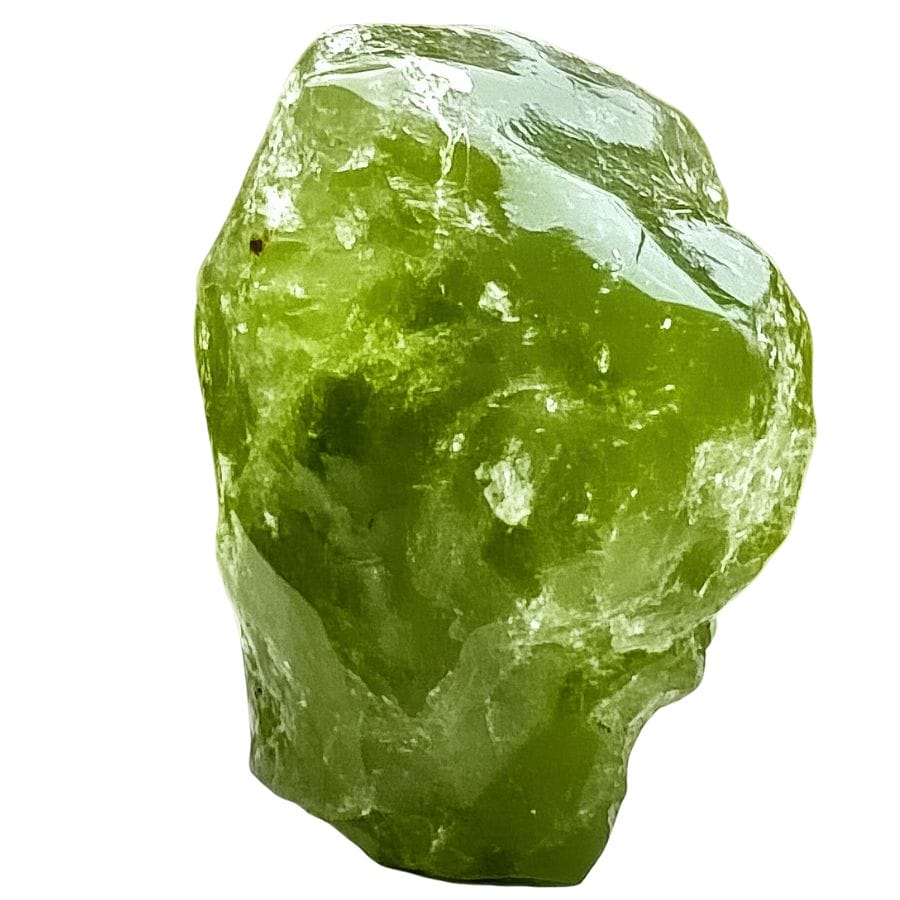
Raw peridot typically shows a distinct glassy to waxy shine, even in its unpolished state. When you shine a light on it, you’ll notice it’s not quite as sparkly as quartz but definitely shinier than most common rocks.
Pro tip: if it looks kind of like olive oil frozen in stone form, you might be onto something!
Look for that signature olive-green color
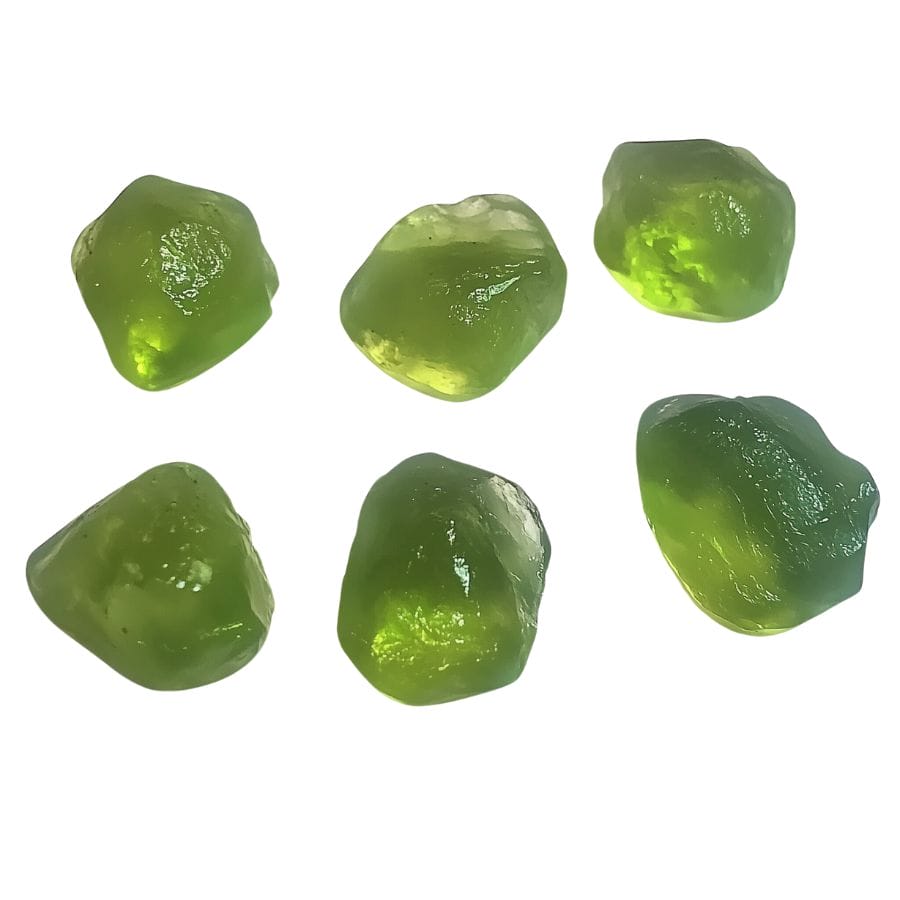
Unlike other green stones, peridot has this unique yellowish-green to olive-green color that’s pretty consistent throughout the stone.
Here’s the thing – even when rough, it shouldn’t have dark spots or zones. If you spot patches of brown or black, you’re probably looking at something else.
Hold it up to natural light – a genuine peridot will show that characteristic color even in its rough form.
Examine the crystal structure
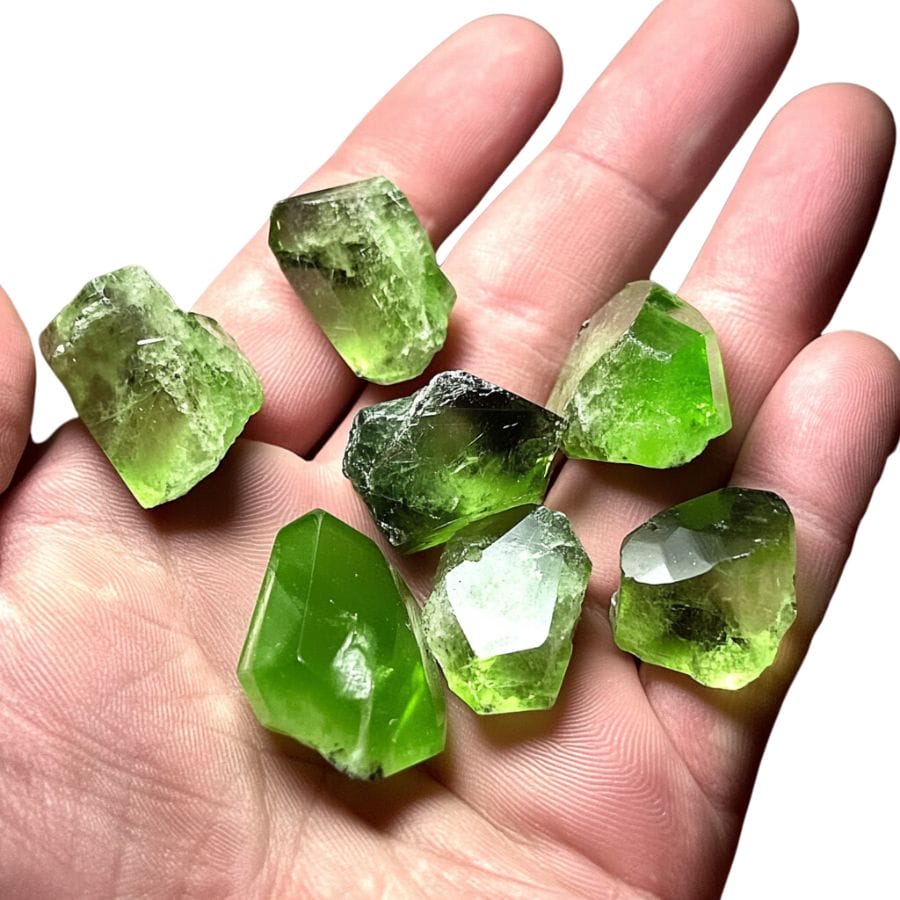
In its natural state, peridot forms stubby, prismatic crystals. Look for somewhat rectangular or barrel-shaped formations – they might be rough, but you should see hints of this shape.
Sometimes you’ll spot these crystals embedded in darker volcanic rock (that’s basalt, by the way). The surfaces might look a bit pitted or weathered, but they shouldn’t be perfectly smooth.
A Quick Request About Collecting
Always Confirm Access and Collection Rules!
Before heading out to any of the locations on our list you need to confirm access requirements and collection rules for both public and private locations directly with the location. We haven’t personally verified every location and the access requirements and collection rules often change without notice.
Many of the locations we mention will not allow collecting but are still great places for those who love to find beautiful rocks and minerals in the wild without keeping them. We also can’t guarantee you will find anything in these locations since they are constantly changing.
Always get updated information directly from the source ahead of time to ensure responsible rockhounding. If you want even more current options it’s always a good idea to contact local rock and mineral clubs and groups
Tips on Where to Look
Peridot typically forms in volcanic areas and can be found in several accessible locations. Here’s where you should start looking:
Volcanic Rock Formations
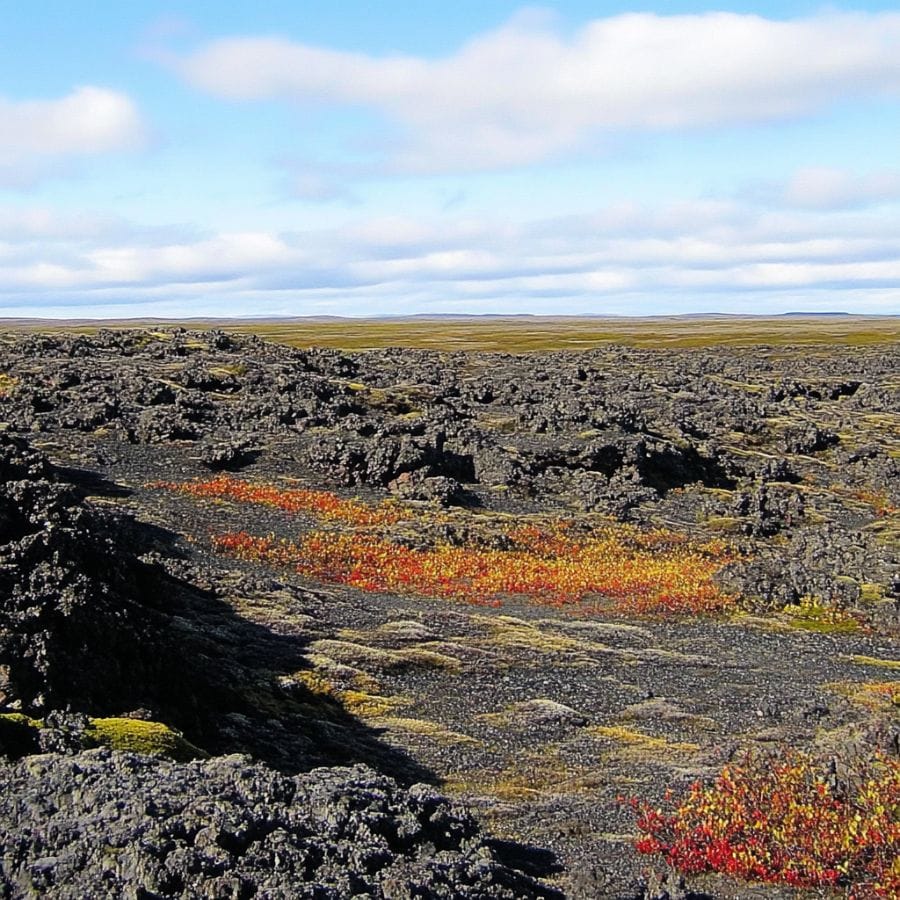
Look for dark-colored basalt rocks and olivine-rich formations. Check areas where ancient lava flows have created large rock deposits, especially those with visible green crystals embedded in the rock. These rocks often weather over time, exposing the peridot crystals.
Stream Beds and Gravel Banks
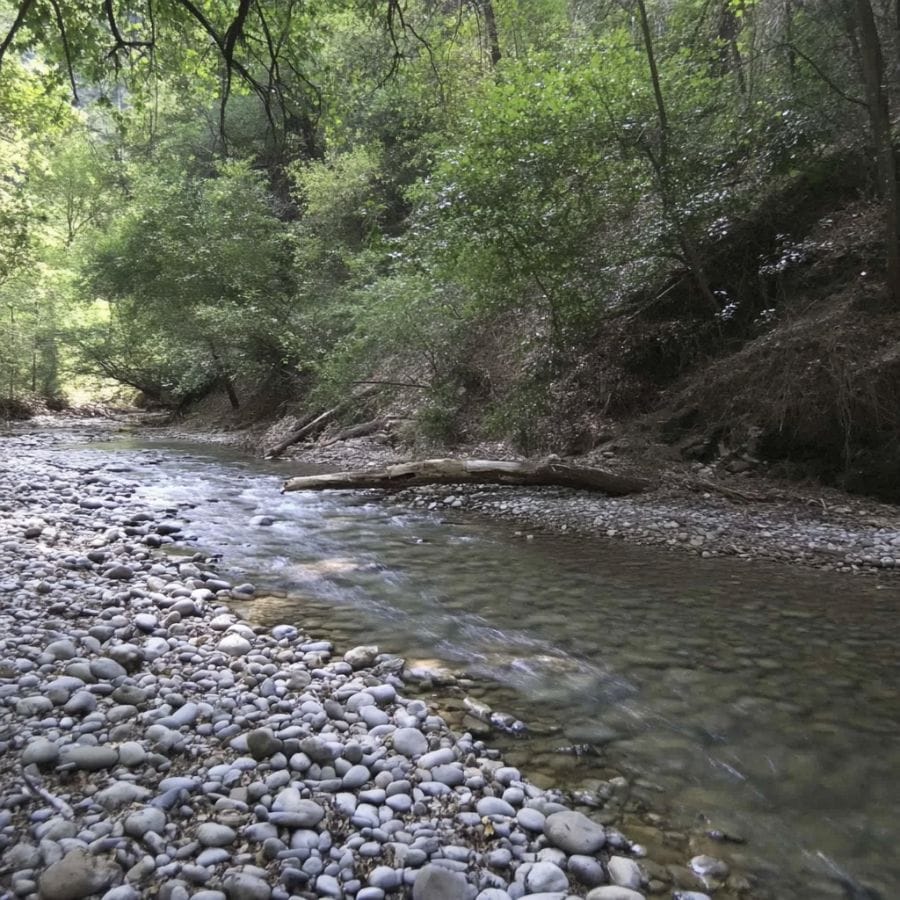
Search in stream beds where water has naturally broken down volcanic rocks. Peridot is usually more concentrated in these areas because water carries away lighter materials while leaving behind heavier minerals.
This makes it easier to spot the olive-green crystals among the gravels and sands that have accumulated over time.
Old Mining Areas
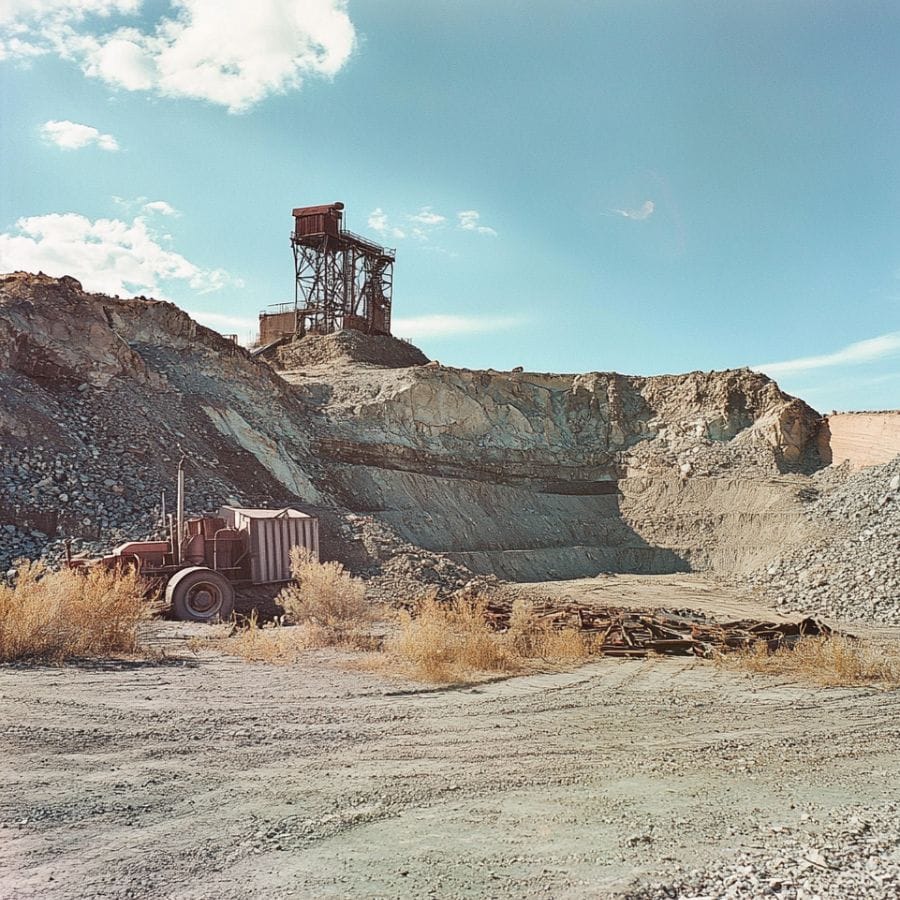
Visit abandoned mine dumps and tailings, particularly those known for copper or nickel mining operations that were active in volcanic regions.
These areas often contain peridot as a secondary mineral, and since the rock has already been broken down during previous mining operations, the gems are easier to spot.
Some Great Places To Start
Here are some of the better places to start looking for peridot in Texas:
Always Confirm Access and Collection Rules!
Before heading out to any of the locations on our list you need to confirm access requirements and collection rules for both public and private locations directly with the location. We haven’t personally verified every location and the access requirements and collection rules often change without notice.
Many of the locations we mention will not allow collecting but are still great places for those who love to find beautiful rocks and minerals in the wild without keeping them. We also can’t guarantee you will find anything in these locations since they are constantly changing.
Always get updated information directly from the source ahead of time to ensure responsible rockhounding. If you want even more current options it’s always a good idea to contact local rock and mineral clubs and groups
El Paso area
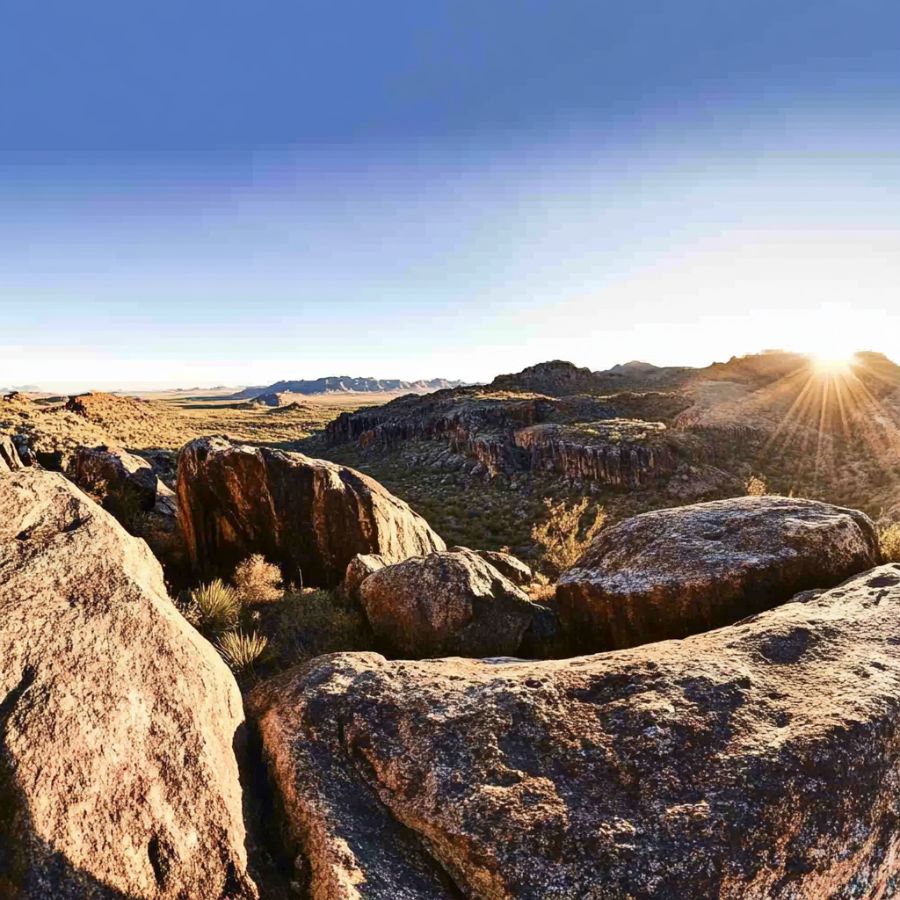
El Paso is located at the western edge of Texas, right where Texas meets New Mexico and Mexico. The city is surrounded by the Franklin Mountains and sits in the middle of the Chihuahuan Desert.
The Potrillo volcanic field, about 30 miles west of El Paso, is the main spot for finding peridot. Here, the Kilbourne Hole, a huge volcanic crater, holds special rocks called mantle xenoliths that often contain peridot.
The best places to search are around the crater’s rim and in the scattered volcanic rocks nearby. The peridot here appears as small, olive-green crystals embedded in dark volcanic rocks.
Local rockhounds often find success searching through the loose rocks and gravel around the crater area.
You've probably walked past some incredible rocks and minerals. You need this guide 👇👇👇
We've all come across a cool rock that we could have sworn was rare or valuable but couldn't tell what it was.
If you're not 100% confident that you know every rock and mineral in Texas this guide is for you.
The Texas Rocks & Minerals Field Guide helps you ID what you find in seconds, from Hill Country agates to Llano granite, with crisp photos, simple charts, and zero fluff.
→ Grab your copy today and spot your next gem before anyone else does.
What this guide unlocks:
🧭 Confidence in the field — ID rocks fast and move on to the next find
🎒 Lightweight and waterproof — built for trails, not coffee tables
🌅 Weekend adventures — find treasures on rivers, ranches, and roadsides
🤠 Texas pride — explore the real geological beauty of your state
🔥 Motivation — every trip outside feels like a hunt for hidden gems
Enchanted Rock
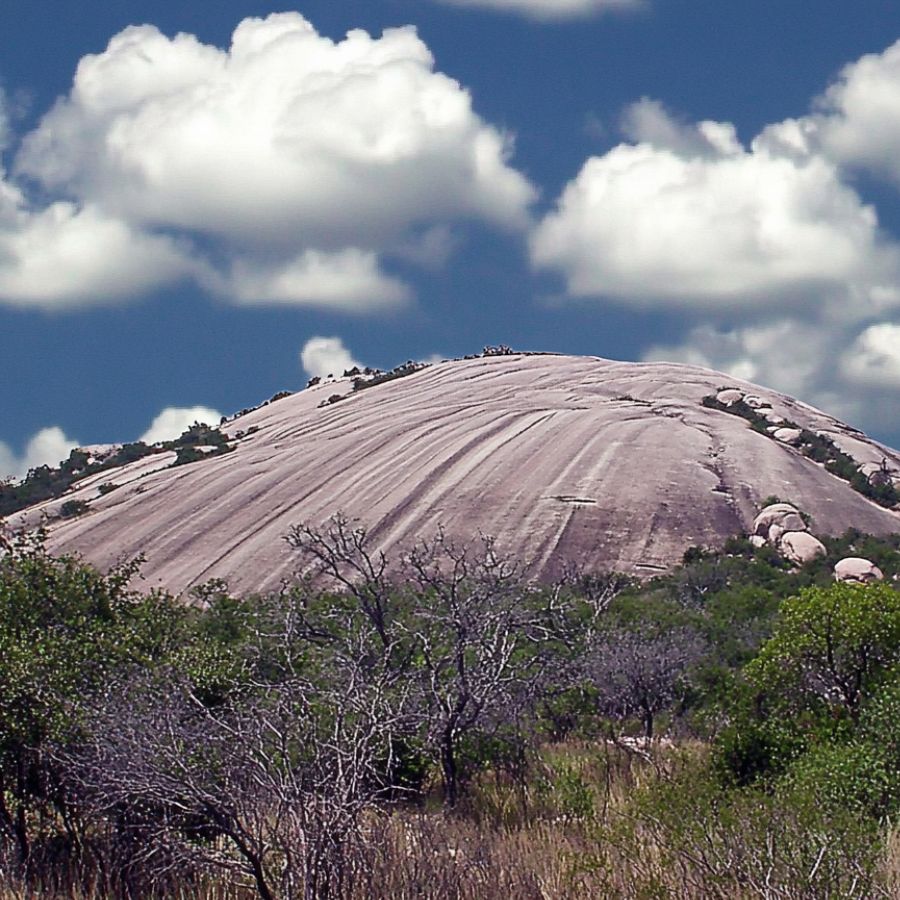
Enchanted Rock is a massive pink granite dome rising 425 feet. Located 17 miles north of Fredericksburg, this natural landmark is part of the Llano Uplift region. The rock covers 640 acres and offers unique opportunities for rock hunting.
The dome formed about 1 billion years ago as part of the Town Mountain Granite formation. Years of wind and rain wore away the softer rocks around it, leaving this impressive granite dome exposed.
The rock’s surface has many small depressions and pools that form after rain, called vernal pools.
Peridot hunters can explore the Summit Trail and the areas around the main dome. The best spots to look for these olive-green crystals are in the weathered granite areas and around the vernal pools.

